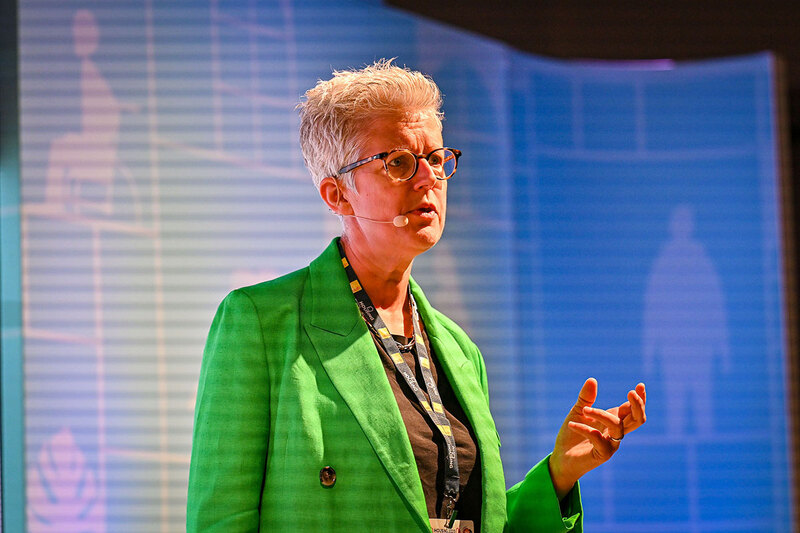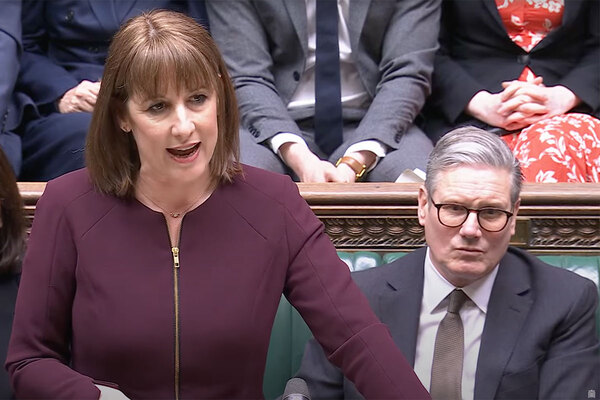Trend report: service charge income and costs
Joe Malivoire takes a look at the link between the rise in housing providers’ costs and their service charge income per home
Average service charge income per unit rose 36 per cent between 2017 and 2023 for the largest affordable housing providers in England.
In 2023, average service charge income per unit grew 5.5 per cent, while costs were up 7.2 per cent, according to data from the Regulator of Social Housing’s Global Accounts*, which cover housing providers with more than 1,000 social homes.
In comparison, the Consumer Price Index (CPI) measure of inflation grew 25.3 per cent in 2017 to 2023 and rose 10.7 per cent in the year to March 2023, according to the Office for National Statistics.
Housing associations will generally set service charges at a fixed rate for a year, then re-evaluate the following year based on the previous year’s costs. As a result, the percentage rise in service charge income can be different to the increases in costs for an organisation in a given year.
Social Housing has grouped organisations into bands based on service charge income and cost levels. Of the 201 providers analysed in 2023, 116 had service charge income of less than £500 per unit, whereas 87 were within that range for cost per unit.
Service charge income was between £500 and £1,000 per unit for 55 providers, while 70 spent within that range on costs. However, there were 30 providers that had charges of above £1,000 per unit, and 44 providers that had costs above that level in 2023.
Additional services
All bar four of the providers with service charges over £1,500 per unit have more than 30 per cent of their stock in supported or older people’s housing. The higher charges are to be expected, as supported and older people’s housing schemes provide additional services to their residents.
A spokesperson for Anchor explains the extra costs that older people’s housing providers incur. They say: “As England’s largest not-for-profit provider of housing and care for older people, we run more than 120 care homes, as well as housing. The service charge cost figure includes operating costs for our care homes, which provide a very different service to that of our housing locations.
“In addition, as a specialist housing provider for people in later life, our housing services can include a wide range of costs including grounds and property maintenance, site cleaning and waste management, systems and equipment such as lifts, and 24-hour on-call services.
“Service charge income from our housing is driven by the costs of delivering the service, with insurance costs being a significant factor. There were also increases in service chargeable gas and electricity unit costs following the increase in commodity prices over the last year.”
Of the 30 housing associations with service charges per unit of more than £1,000, all bar 13 are providers of supported or older people’s housing.
The average net loss on service charges – the amount by which total costs within service charge categories for a housing association exceeded its income – has grown over time from £1.3m in 2027 to £2.9m in 2023. In 2023, 163 providers made a loss on service charges, while 35 had a surplus.
Michael Tourville, partner at audit firm Beever & Struthers, explains: “While rent level increases are strictly regulated, service charge increases are not restricted to the same extent. Therefore [service charges] often increase in times of rental income pressures, including charging for additional service charge areas that may not have been charged for previously.”
Both average service charge income and cost per unit have risen every year since 2017. The largest rise was between 2021 and 2022 at 9.5 per cent. Average service charge costs per unit saw their steepest rise in the same period at 8.8 per cent.
Improving efficiency
One key area that has caused the increase in more recent years has been utility prices. “When electric costs and everything else spiked with the Ukraine war, there was a time lag between the costs that were incurred in the year and when providers could increase their service charge,” Mr Tourville says.
While the English regulator stipulates that registered providers endeavour to keep increases for service charge within the limit of Consumer Price Index plus one per cent on rent charges, Mr Tourville states that not all providers will feel comfortable increasing to this extent. For that reason, landlords may knowingly charge below their costs and “often will try to improve their efficiency rather than trying to recharge every penny”.
He also highlights the role of the Universal Credit Regulations 2013 in “increasing transparency” in service charges which could be recovered. There are four payment categories: to maintain the general standard of accommodation; for the upkeep of areas of communal use; in respect of basic communal services; and accommodation-specific services.
“Now associations have a better idea of what costs they can pass on to the tenants, especially while experiencing rent pressures,” Mr Tourville adds.
When asked how service charge and costs could be reduced, Mr Tourville says: “Better engagement with residents about what they want, for example cleaning. They may agree that cleaning isn’t needed every week and to do it every two weeks, to bring their costs down.”
*Note: this piece used the most recent editions of the Regulator of Social Housing’s Global Accounts available at the time of writing. Since then, the 2024 data has been released.
Sign up for Social Housing’s data analysis newsletter
New to Social Housing? Click here to register and sign up for our data analysis newsletter
The data analysis newsletter is a twice-monthly round-up of Social Housing’s leading data analysis, keeping you up to speed on key trends and pointing you to all the data you need on financial and operating performance in the sector and beyond.
Already have an account? Click here to manage your newsletters.
RELATED








